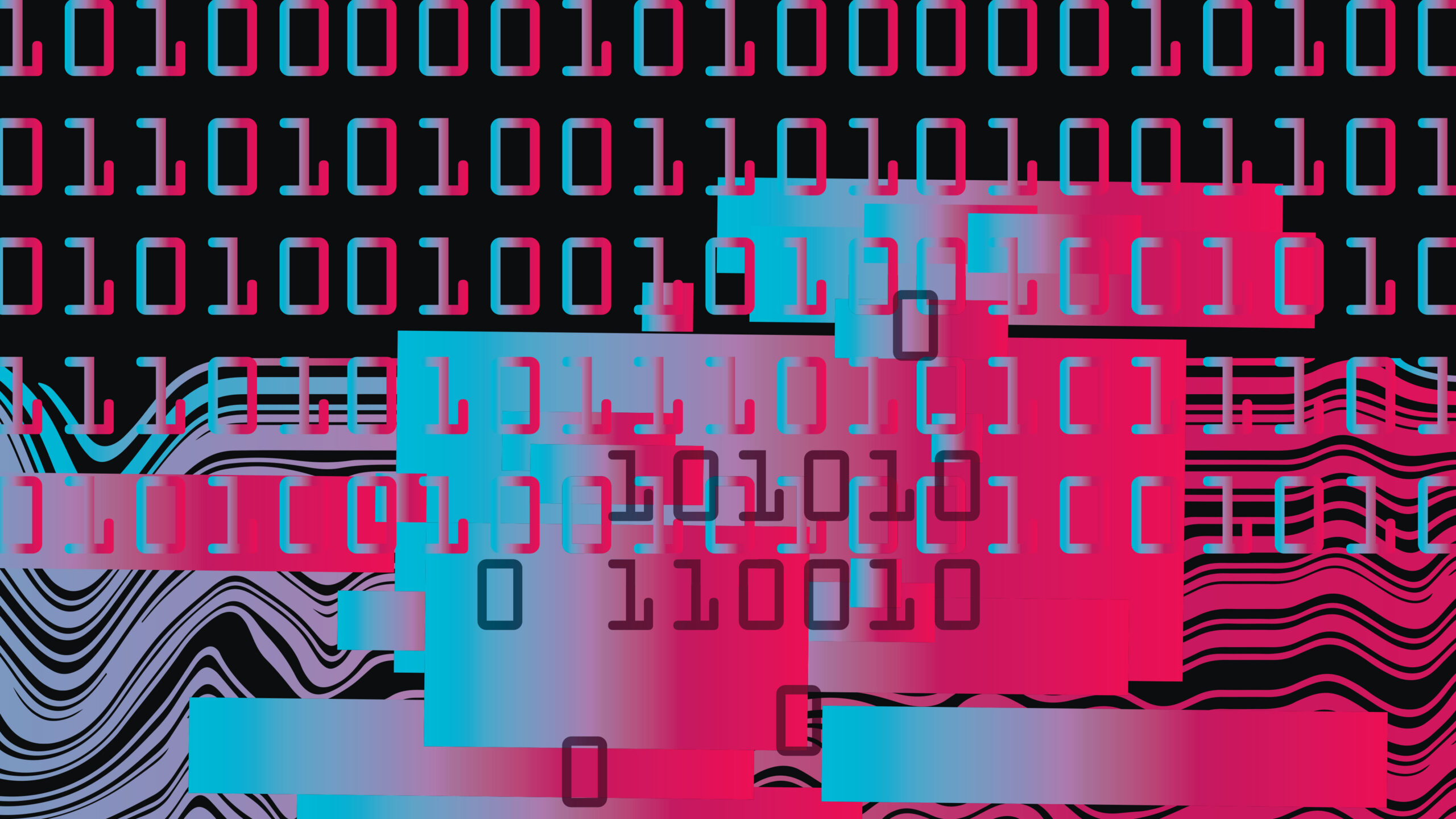There’s no denying that customer service is changing. We’re on the cusp of a revolution in how customer interactions are handled, performed, and tracked. With new technologies such as Artificial Intelligence (AI) and chatbots, things are definitely going to get faster and more efficient.
However, these technologies also present an incredible opportunity to make customer service more natural, authentic, and emotionally intelligent. It seems paradoxical, but these technologies have the potential to make customer service more human.
The future of customer service will see a collaboration between technological efficiency and human soft skills, such as empathy and the ability to garner a customer’s trust. Technology will be a huge asset when it comes to improving AHT and other transactional KPIs, but it’s important to remember that it’s the human side of the interaction that will lead to trust, brand loyalty, and consumer advocacy.
“THE FUTURE OF CUSTOMER SERVICE WILL SEE A COLLABORATION BETWEEN TECHNOLOGICAL EFFICIENCY AND HUMAN SOFT SKILLS, SUCH AS EMPATHY.”
Technology will also boost employee engagement and help team members find more meaning in their work. As technology takes over the management of the transactional elements of their work, Customer Service Representatives will have the opportunity to focus more on being brand experts and advocates. Their enthusiasm and knowledge of the brand will come through in their interactions as the more repetitive aspects of their work become automated.
Let’s explore three key technologies that are going to transform customer service.
1. Artificial Intelligence
Artificial Intelligence (AI) has played a significant role in the customer service space for years now, and the adoption of these technologies is only going to accelerate. This is due not only to the cost and time savings that come from automation, but also because of the rapidly changing expectations in user experience.
Consumers are embracing the user experience from devices and applications like Apple’s Siri, Google Home, and Amazon’s Alexa. And what’s not to love? Immediate gratification, a seamless, frustration-free interaction, and total convenience… these technologies reward their users with a delightful, almost magical, experience that then becomes associated with the brand.
“FORWARD-THINKING BRANDS WILL LEVERAGE AI AS A MEANS TO STRENGTHEN THE HUMAN CONNECTIONS THEY HAVE WITH THEIR CUSTOMERS AND ENHANCE
THE OVERALL CUSTOMER SERVICE EXPERIENCE.”
As consumers get accustomed to this kind of user experience from the devices they have at home and in their pockets, they’ll start expecting it from their customer service. The digital user experience will need to be replicated in real world interactions to ensure the brand experience is consistent no matter where it happens. As a result, the integration of AI in the customer service space will become a necessity if these companies hope to have a consistent brand experience.
Forward-thinking brands will look at AI as more than a cost-savings technology. They will leverage AI as a means to strengthen the human connections they have with their customers and enhance the overall service experience.
Customer Service Representatives will be empowered to focus on the human, emotional qualities of the interaction while the AI takes care of the transactional elements.
2. Augmented Reality
Augmented Reality (AR) is another technology that integrates a digital experience with a real-world experience. In fact, that’s the technology’s primary purpose. By inserting a layer of digital content on top of the physical world through the use of a headset, glasses, or a mobile device, users are given another way to interact with digital content that’s tied directly to the world around them.
With the success of games like Pokemon Go, and the huge investments companies like Apple and Microsoft are putting into Augmented Reality, it’s no surprise we’re hearing words like “disruptive” and “transformational” when AR is discussed. In fact, TechCrunch predicts that “mobile AR could become the primary driver of a $108 billion VR/AR market by 2021.”
So, how will AR transform customer service? One use case would be to provide “how-to” instructions for physical products or digital applications. In a self-serve model, the customer could draw from a database of AR overlays related to their issue. Instructions would then appear on the customer’s phone or AR device as a graphical overlay, demonstrating all the steps required to fix the issue within the customer’s field of vision as they look at the physical product or digital interface in front of them.
Another intriguing use case for AR would be within the contact center environment itself. Imagine equipping Team Leaders (TLs) with AR devices that could instantly identify where a specific team member is sitting simply by having the TL state the team member’s name.
Now, imagine building in additional Natural Language Processing (NLP) capabilities that monitor customer calls. TLs would be notified when team members are experiencing a difficult call or a heated conversation. This technology gets TLs out of their seats, interacting and coaching their team members on-demand and in real-time.
This is another example of how a new technology has the potential to humanize our business. AR’s ability to apply a graphical interface to the real-world will empower TLs to focus on building closer relationships with their team.
3. Blockchain
With all the news about Bitcoin and other cryptocurrencies lately, blockchain is quickly becoming part of the public lexicon. Unlike AI and AR, blockchain isn’t really a disruptive technology that will replace inefficiencies and integrate with our current models. Rather, it’s a foundational technology that has the potential to create completely new structures for global economic and social systems.
At its core, blockchain is a system that makes a permanent ledger of transactions using sophisticated cryptography. This ledger is distributed across thousands of participating computers, which makes it almost unhackable. Even if a hacker was able to access one unit of the blockchain, any changes they managed to make would be on the public record. This makes blockchain very resilient to fraud, while being independent of a central authority.
So, how will the underlying technology behind cryptocurrencies make its way into the customer service space? One valuable use case would be in identity management.
When Customer Service Representatives are hired, we rely on background checks to verify identity. While criminal background checks and calling references to verify past employment are common, the process is flawed and easily “hacked”.
Imagine if all life’s major events, such as graduating high school, obtaining a driver’s license, being arrested, or being fired, were recorded as transactions in a personal blockchain. As creepy as it sounds, this is a possible future application of blockchain technology that has real merit; it has the potential to rewrite the way we manage and verify personal identities.
While blockchain technology isn’t limited to the contact center space, it certainly has the potential to transform how we protect our clients and ensure we’re hiring the best possible people. As a technology, blockchain is currently in the incubation phase, but its implications will soon be widespread, and we would be wise to plan for how it will impact our business and our world.
Embracing the Change
From telephone switchboards in the first half of the twentieth century to chatbots and automation today, technology has been weaving its way into customer service for decades.
These changes are happening at an increasingly rapid rate, causing many in our industry to question where we’re headed and how this rise of the machines will impact us. However, there’s no evidence these technologies will replace the human aspect of our businesses; every indication points towards it enhancing our humanity and strengthening brand experiences.
People want to interact with people. These technologies will serve as yet another interface to make that interaction easier, more efficient, and ultimately, more human.







